How To Put The Straps On Camera?
When it comes to carrying your camera securely and conveniently, understanding how to properly attach the straps is essential. Camera straps are not only functional in terms of portability but also crucial for safety, preventing accidental drops. Whether you're using a DSLR, mirrorless, or a compact camera, the method of attaching the strap tends to remain consistent across different models and brands. This article will provide a detailed guide on how to put straps on your camera, addressing practical challenges and ensuring optimal usage of your camera.
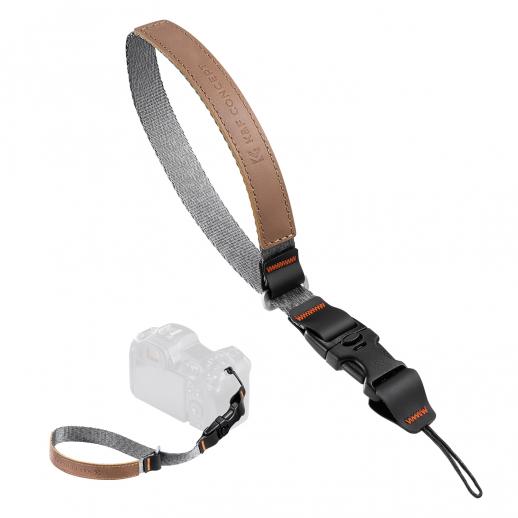
Choosing the Right Strap
Before diving into the process of attaching a strap, it's essential to choose one that suits your style of shooting and comfort needs. There are neck straps, wrist straps, and even shoulder straps. Neck straps are the most common and are perfect for all-day shoots, as they distribute the weight of the camera evenly. Wrist straps are more suitable for smaller cameras and casual shooting. Make sure that the strap you choose is compatible with your camera and can handle its weight securely.
Preparing Your Camera and Strap
Ensure that you are working in a clean environment to avoid any dust or particles getting into your camera lens or sensor. Have your camera, its strap, and any necessary tools ready. Most camera straps do not require specialized tools, but some might need small screwdrivers or fasteners.
Attaching the Strap
Step-by-Step Guide:
1. Locate the Strap Eyelets:
Find the strap eyelets on your camera body. These are typically metal or plastic loops situated on the sides of the camera, designed to attach the strap securely.
2. Threading the Strap:
Each strap typically has two ends that need to be threaded through the eyelets. The ends often have adjustable sections with buckles.
- Insert the Strap:
Take one end of the strap and thread it through the eyelet from the outside in. Pull a few inches of the strap through.
- Thread Through the Buckle:
Most camera straps come with a buckle to adjust the length. Thread the loose end of the strap through the bottom of the buckle. Then, pull it back over the crossbar and down through the top part of the buckle to secure it. This process creates a loop around the eyelet and fastens the strap securely in place.
- Repeat for the Other Side:
Repeat the same steps for the other side of the camera. Make sure to keep the strap untangled during threading to avoid any twists, as these can cause discomfort and instability.
3. Adjust the Length:
Once both sides of the strap are attached securely, adjust the length of the strap to fit your desired comfort level. Ensure that it is neither too loose nor too tight to avoid strain or accidental drops.
4. Check the Security:
After attaching the strap, give it a few tugs to ensure it is secured tightly. The strap should not come off the eyelets or buckle when pulled. This step is crucial for the safety of your camera.
Using Quick Release Systems
For those who frequently attach and detach their camera strap, a quick-release system can be extremely helpful. These systems usually involve small metal or plastic clips that can be easily attached and detached from the camera eyelets, providing flexibility and speed.
Attaching a Quick Release System:
1. Attach the Clips:
First, thread the small clip or anchor link through the camera eyelet. This clip stays on the camera body and acts as the connection point for the camera strap.
2. Connect the Strap:
Attach the main strap to the clip or anchor link. Most quick-release systems have a simple push-and-click mechanism that ensures a secure connection.
3. Detaching When Needed:
To detach, simply press the release button or mechanism to disconnect the strap from the camera eyelet.
Maintaining Your Camera Strap
Routine maintenance of your camera strap can ensure its longevity and reliability. Inspect the strap regularly for any signs of wear and tear such as fraying or weakening at the eyelets and buckles. Clean the strap using a damp cloth and mild soap if it gets dirty; avoid using harsh chemicals that could degrade the material. If you frequently use the strap in rugged conditions, consider replacing it every couple of years to ensure optimal safety and comfort.
Troubleshooting Common Issues
Strap Too Short/Long:
If you find that the strap length is not optimal, most straps come with an adjustable feature. Utilize the buckle to shift to an appropriate length. If the strap itself is inherently too short or too long, consider purchasing a different strap that better fits your body size and usage style.
Uncomfortable Strap:
Some straps may feel rough or too narrow, causing discomfort. In such cases, you can use additional padding or consider straps made from softer, wider materials designed for long-term use.
Loose Buckle:
Sometimes the buckle may slip, altering the strap length unpredictably. If this happens, check the threading through the buckle to ensure it's done correctly. If the buckle itself is faulty, replacing it might be necessary.
Attaching a camera strap might seem like a mundane task, but doing it correctly is critical for your camera’s safety and your comfort. By following the above steps and selecting the right type of strap for your needs, you can ensure that your camera is both secure and readily accessible whenever you need it. Whether you're a professional photographer or a casual shutterbug, understanding how to properly attach and maintain your camera strap can lead to a more enjoyable and worry-free shooting experience.
Remember, the key to effective strap usage lies not just in the initial attachment but also in regular maintenance and adjustments. With the correct approach, your camera strap will serve as a reliable companion throughout countless photography adventures.


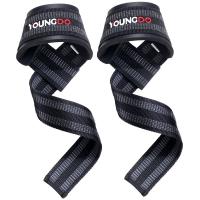
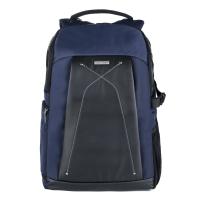
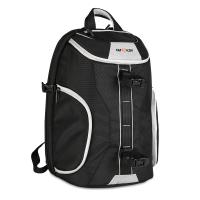

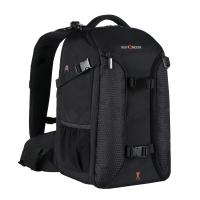

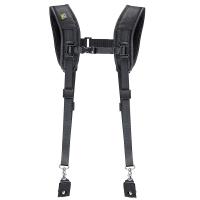
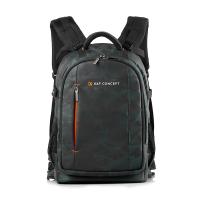
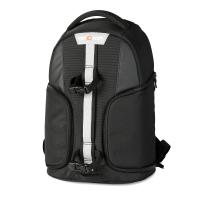

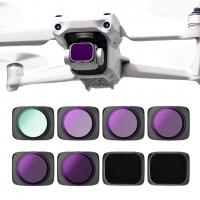
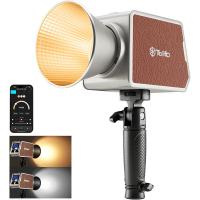
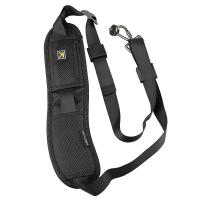



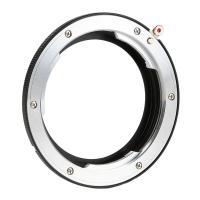

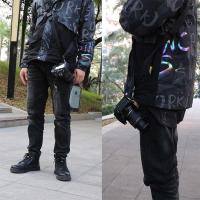
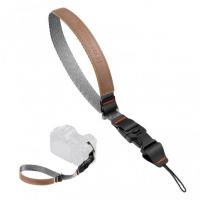
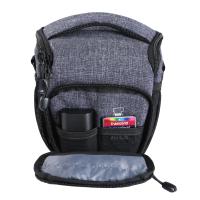
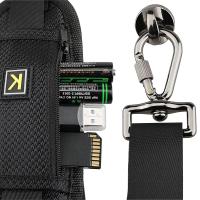




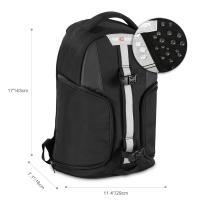
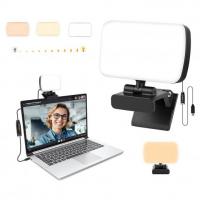

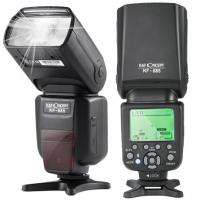

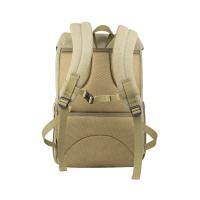
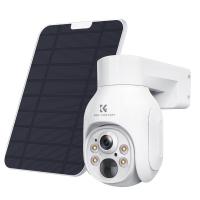
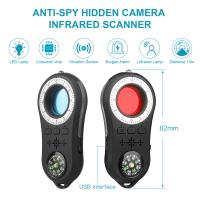
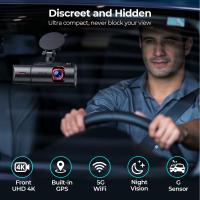


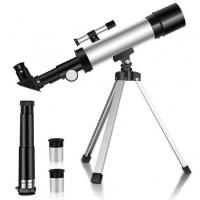
There are no comments for this blog.